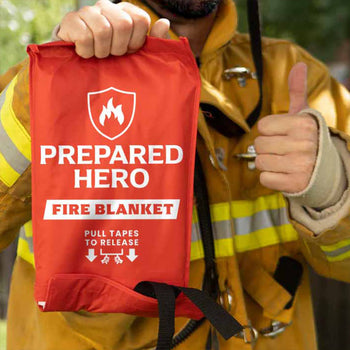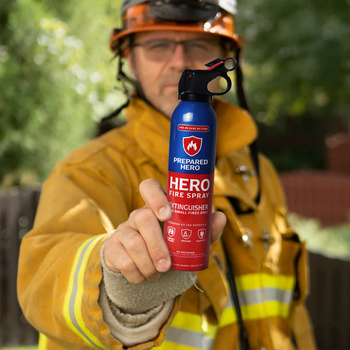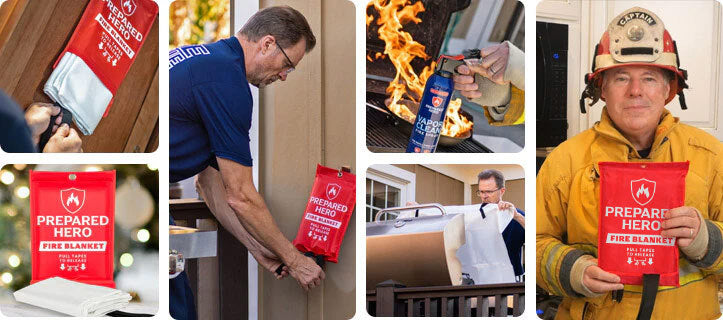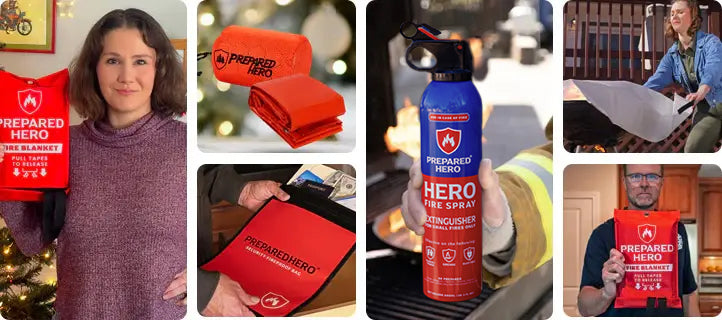Where you put your smoke detectors matters just as much as installing them. Proper placement makes sure they can detect...
According to the National Oceanic and Atmospheric Administration (NOAA), about 1,000 tornadoes occur across the United States annually. These tornadoes result in more than 1,500 injuries and 80 deaths.
Given this, everyone should know when tornado season is in the US and how to prepare for tornadoes.
In this post, we'll talk about tornado season in the US and what you can do to stay safe.
What Is a Tornado?

A tornado is a rotating column of violent air that comes from a thunderstorm and extends to the ground.
Before a tornado hits, the wind usually dies down. The air may also be still.
Tornadoes are one of nature's most violent storms. Their wind speed can reach 300 miles per hour, with damaged paths exceeding one mile wide and 50 miles long.
Since they come from strong thunderstorms, tornadoes can destroy communities and kill people in seconds. As powerful as they are, tornadoes are only a small fraction of a thunderstorm's energy.
What makes tornadoes dangerous is the energy concentrated in a small area, only about a hundred yards across. However, not all tornadoes are the same.
Some tornadoes can be seen. On the other hand, nearby low-hanging clouds or rain obscure others.
Tornadoes also develop quickly and may dissipate just as quickly. According to the NOAA, most tornadoes stay on the ground for less than 15 minutes.
Additionally, a debris cloud can pinpoint a tornado's location even if the funnel can't be seen. However, some tornadoes come with clear, sunlit skies behind them.
When Is Tornado Season in the US?

Tornado season in the US occurs from March to July. Tornadoes are more common during the said months because the weather conditions are ideal for tornado formation.
Plus, tornado activity peaks during the spring because temperatures change from colder to warmer, creating unsteady pressure systems. Since it doesn't happen uniformly across the US, tornado seasons don't happen simultaneously in several regions.
Here's when tornado season begins and ends in the most tornado-prone regions in the country:
| Region | Start | End | Commonly Affected States |
| Southern Plains | May | June | Texas, Oklahoma, Kansas |
| Gulf Coast | March | June | Alabama, Mississippi |
| Northern Plains & Upper Midwest | June | July | North Dakota, South Dakota, Nebraska, Iowa, Minnesota |
If you live in these regions, take note of when tornado season occurs in your area so you can take the proper steps to keep your loved ones safe (more about this later).
When Does Tornado Season Start?
In general, tornado season in the US starts in March. However, tornado seasons don't begin uniformly across the US.
For one, the Southern Plains (Kansas, Oklahoma, and Texas) experience more tornadoes starting in May.
On the other hand, the Gulf Coast starts experiencing more tornadoes in March. Lastly, the tornado season in the Northern Plains and Upper Midwest (Iowa, Minnesota, Nebraska, and North/South Dakota) starts in June.
When Does Tornado Season End?
Tornado season doesn't end. While tornadoes most commonly occur during spring, they can occur all throughout the year.
In addition, tornadoes are less likely to occur during winter. It's because tornadoes need warm weather to form. However, tornadoes that happen in winter are more dangerous, as upper atmospheric winds lead to faster-moving tornadoes.
Similarly, while specific regions are more prone to tornado hits, tornadoes can hit any state. Historical data shows that tornadoes have hit all 50 states.
What's the Difference Between a Tornado Watch and Tornado Warning?

A tornado watch means that conditions are ideal for a tornado to occur. On the other hand, a tornado warning means that a tornado is sighted or the radar detects a tornado in progress.
Additionally, a tornado watch highlights an area. It typically includes alerts for the next four to six hours when risk increases.
If the Storm Prediction Center (SPC) issues a tornado watch, you should prepare for a tornado. However, this doesn't mean that a tornado will hit your area. It only means that you should stay alert and informed in case a tornado develops.
On the other hand, you should immediately go to a safe place when a tornado warning is issued. It means that a tornado is coming your way.
How to Prepare for Tornado Season in the US
From installing tornado-proof shutters to staying updated, here’s how you can prepare for tornado season in the US:
1. Make an emergency kit.

According to the Federal Emergency Management Agency (FEMA), you must prepare a few bags that you can quickly grab as a tornado comes close.
Here's what your emergency kit should include:
- Non-perishable food
- Water
- Can opener
- Flashlights
- First aid kit
- Hand crank radio
- Charger
- Whistle or a loud alarm
- Walkie-talkie
2. Know the signs of a tornado.

Knowing the signs of a tornado helps you stay prepared.
Signs of a tornado include the following:
- Severe thunderstorms
- Dark or green-colored sky
- Funnel-shaped clouds
- Loud rumbling or whistling sound
3. Get your home ready.

Tornadoes can uproot trees and destroy houses. Hence, you must give your home the best chance to survive a tornado.
Here's how you can protect your house from a tornado:
- Trim tree limbs that hang close to your roof.
- Remove heavy debris from your yard (e.g., branches, bricks).
- Install stormproof shutters on your doors and windows.
- Place chairs and beds away from windows, frames, and mirrors.
- Put large or heavy items on lower shelves.
- Shut off utilities before a tornado hits your area.
4. Stay up to date on changing weather conditions.

Sign up for extreme weather alerts from the National Weather Service and your community's emergency alert system.
A quick google search (City + emergency notification alerts) lets you know how to sign up for alerts in your area.
Lastly, stay updated on changing weather via local news, radio stations, or social media.
5. Find a place to take shelter.

While no place will keep you completely safe from a tornado, some places increase your chances of survival.
Hunkering down in the basement or a windowless room on your house’s lowest floor is your safest option.
Take shelter under something sturdy, like a heavy bench or table, for more protection. Then, cover yourself with a mattress or blanket and protect your head from flying debris.
Frequently Asked Questions
What months are tornadoes most active?
Tornadoes are most active during May, based on historical data. On average, 294 tornadoes hit the US each year during May. The second most tornado-prone months are April and June, with an average of 212 tornadoes per year.
Which states have no tornadoes?
States with almost no tornadoes include Alaska, Rhode Island, and Washington, DC. On average, zero tornadoes hit these states over the last 25 years, based on NOAA data.
Where do most tornadoes occur?
Most tornadoes occur in Texas, Alabama, and Mississippi. However, tornadoes can occur anywhere in the US.
Why do tornadoes not hit cities?
Tornadoes do not hit cities because they only cover 3% of America's land surface. It's harder for a tornado to hit a city because most of the US (97%) isn't urbanized. For this reason, many people believe cities are protected from tornadoes.
What is the number 1 state for tornadoes?
Texas is the number one state for tornadoes. On average, 151 tornadoes occur in Texas each year. It's followed by Kansas, with an average of 91 tornadoes yearly.
Conclusion

Knowing when tornado season is in the US and how to prepare for it keeps you, your family, and your properties safe.
Listen to weather reports and take note of any tornado warnings. Plus, don't forget to complete your emergency kit because it can save your life.
Go to Prepared Hero and get durable items for your emergency kit now!


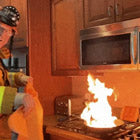 Fire
Fire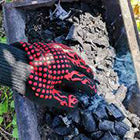 Safety
Safety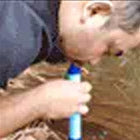 Survival
Survival Protection
Protection New
New
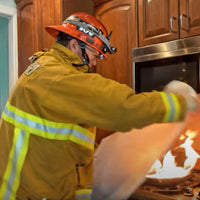 Fire
Fire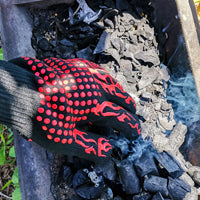 Safety
Safety Survival
Survival Protection
Protection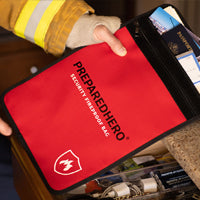 New
New
